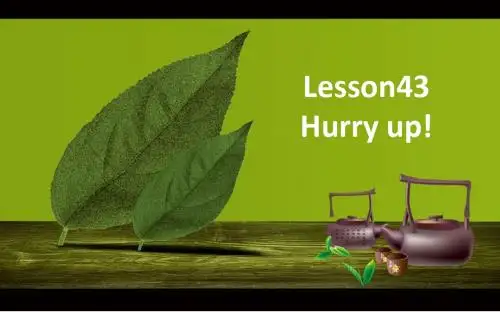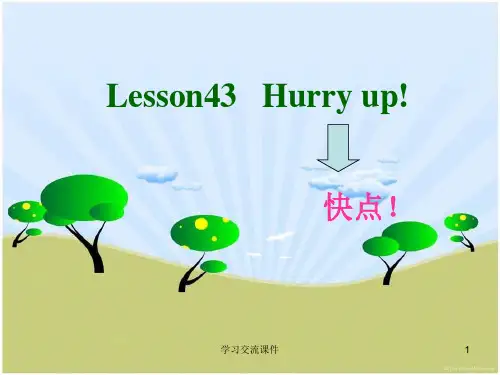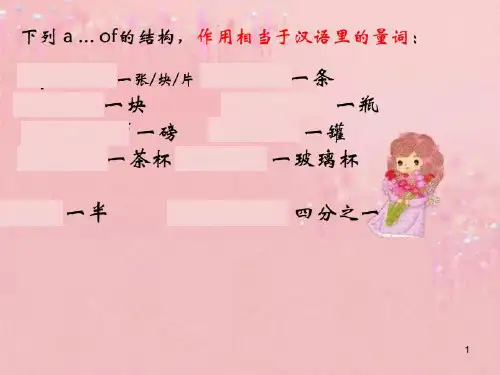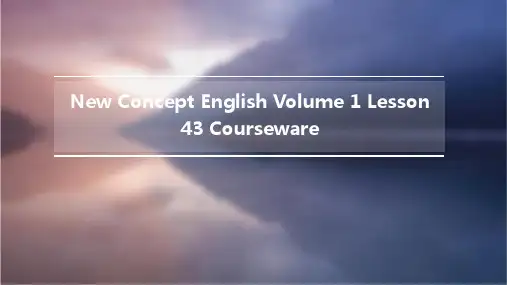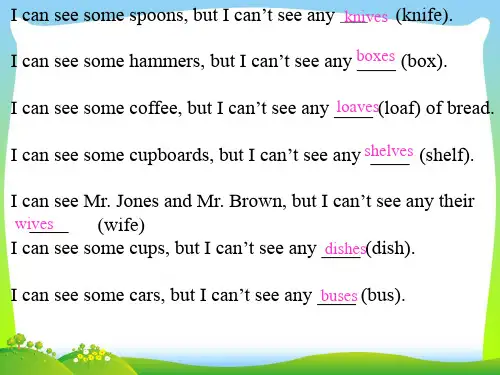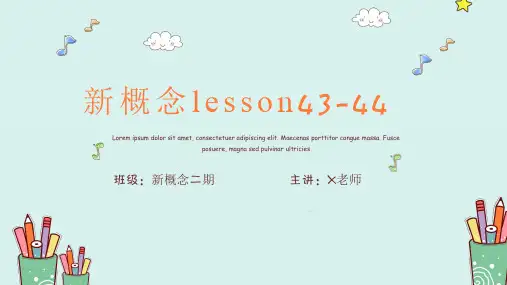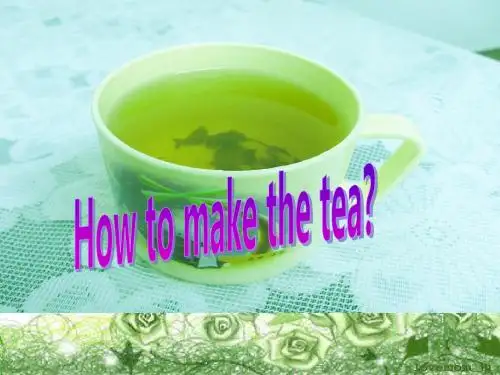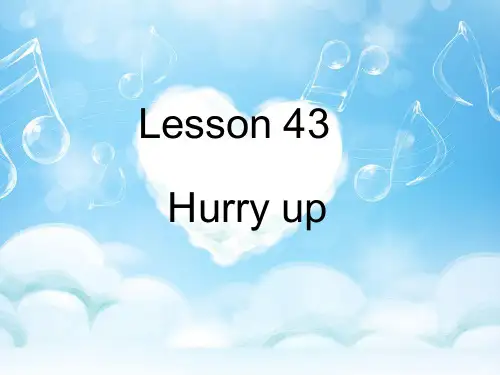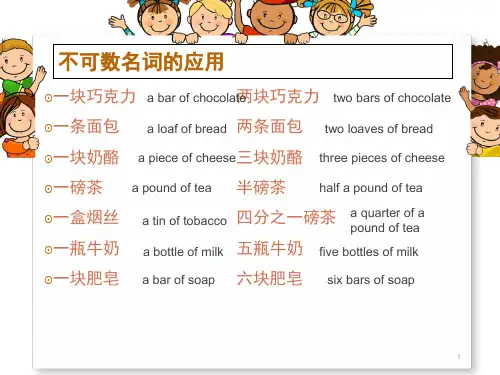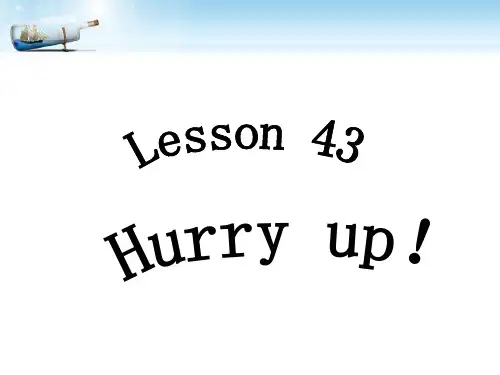1.表示“能、会”,指脑力或体力方面的“能力”。 例如:I can speak Chinese.我会讲汉语。
2.表示“可能”,常用于否定句或疑问句中,指某种可能 性。
He can’t be in the classroom. 他不可能在教室里。
3.表示“可以”,常用于口语中,指许可或请求做某事。 Can I have a cup of tea, please?请问我可以喝一杯茶
-Yes, there is. / No, there isn’t. 肯定-否定回答
Is there a cup of tea on the desk? Yes, there is.
Are there two cups of tea on the desk? Yes, there are. Are there two cups of tea near the teapot? Is there any tea in the teapot?
Can you see it?
SAM: I can _____ the ______, but I can't see the ____.
PENNY:
There it is!
It's ______ ______ ____ _____!
SAM: Ah yes, I can see it now.
______ ____ _____ _____?
but 但是,连词,表转折。 can’t = can not = cannot 不能,不会。
There it is! 就在那儿! 倒装句,表强调。
Here it is! Here they are.
There are some (cups) in the cupboard.
